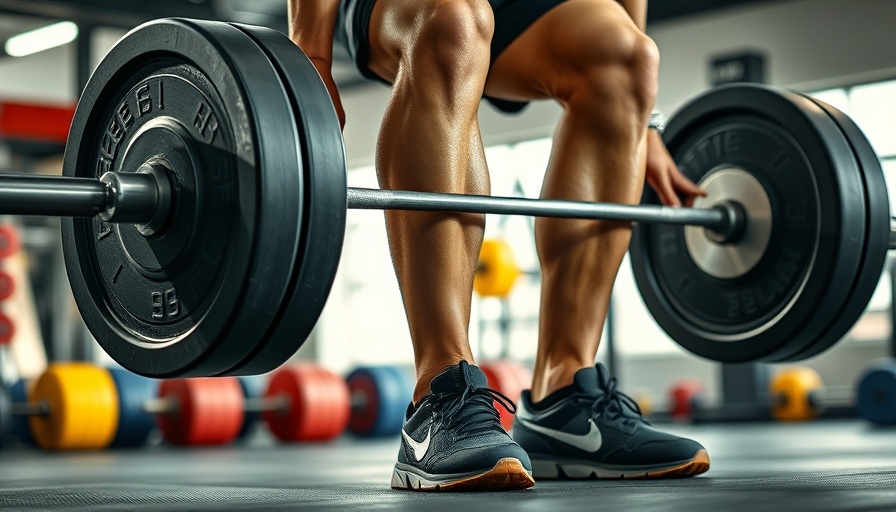
The Importance of Choosing the Right Lifting Shoes
When it comes to weightlifting, the right footwear can make all the difference. If you've ever felt unstable during your squats or found yourself shifting your weight, you might be surprised to learn that your shoe choice is a critical piece of the puzzle. While the gym might often see people clad in running shoes or casual sneakers, these options may not provide the stability necessary for heavy lifting.
Understanding Sole Types: Flat vs. Heeled Shoes
One of the first decisions you'll need to make is whether to wear flat-soled shoes or heeled lifting shoes. Flat-soled options, like Converse Chuck Taylors or Vans, keep you close to the ground and provide a stable base. This helps maintain good balance and power during deadlifts and other lifts.
On the flip side, heeled weightlifting shoes, often referred to as "squat shoes," feature an elevated heel that promotes proper posture during squats. The heel's height—typically around three-quarters of an inch—can facilitate deeper squatting and can be particularly helpful for those with mobility issues. So, when you’re trying to decide which direction to go, consider your lifting focus.
The Evolution of Weightlifting Shoes
This brings us to the concept of lifting shoes themselves. Historically, weightlifting shoes were made from simple materials like leather, designed to offer the necessary lift and stability. Today, advancements in material science have introduced hybrid options that incorporate supportive padding along with sturdy soles, allowing even more flexibility within your workout routine.
Practical Tips for Selecting Your Lifting Shoes
Choosing the right shoes for lifting isn’t a one-size-fits-all scenario. If you’re just starting out, consider trying both flat shoes and heeled lifters to determine which feels better for your lifting routines. Some athletes even bring both pairs to their training sessions—a solid tactic to ensure the best performance based on the lifts of the day.
Another aspect is the fit. When trying on lifting shoes, ensure they aren't too tight; your toes should just barely touch the front of the shoe. Given the nature of weightlifting, you want something snug but comfortable to prevent blisters while providing the tightness necessary for support during lifts.
Real-Life Experiences: Lifters Share Insights
Community insights can be incredibly beneficial for novice lifters. Many experienced lifters will advise starting with flat shoes, especially for deadlifts and other dynamic moves, while switching to heeled shoes for squats or Olympic lifts. The consensus is to develop a feel for what works best for your body and lifting style — and shoes are a huge part of that puzzle!
Addressing Common Misconceptions
One common misconception is that 'running shoes' can offer the stability needed for lifting. While those shoes excel during a jog—providing cushioning and support for forward motion—they can hinder performance while lifting due to their squishy soles, which mess with your center of gravity.
Future Trends: What’s Next in Lifting Footwear?
As the fitness landscape continues evolving, one can expect innovations in lifting shoes. Brands may introduce smart technology that adapts to each athlete's lifting patterns, adjusting support based on real-time feedback. As more lifters and trainers alike understand the impact of proper foot gear, the accessories club may also widen, providing options beyond convention—think weightlifting with integrated arch support or moisture-wicking technology for foot health.
 Add Row
Add Row  Add
Add 




Write A Comment